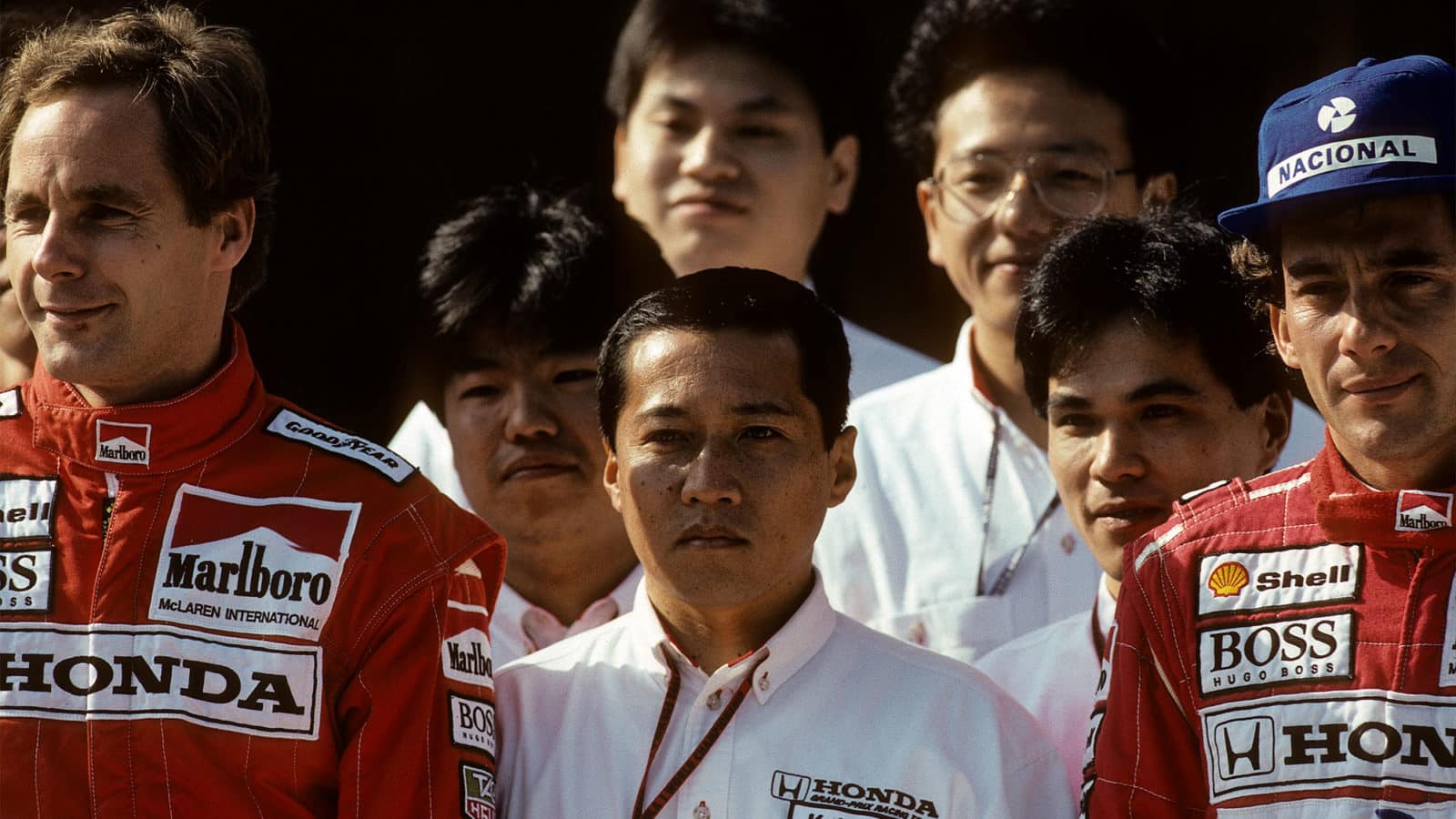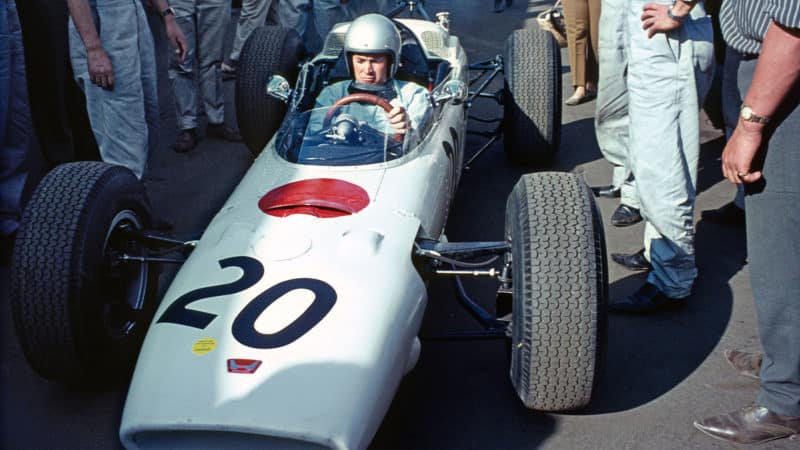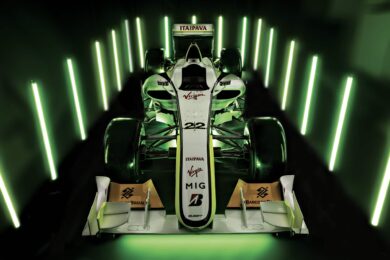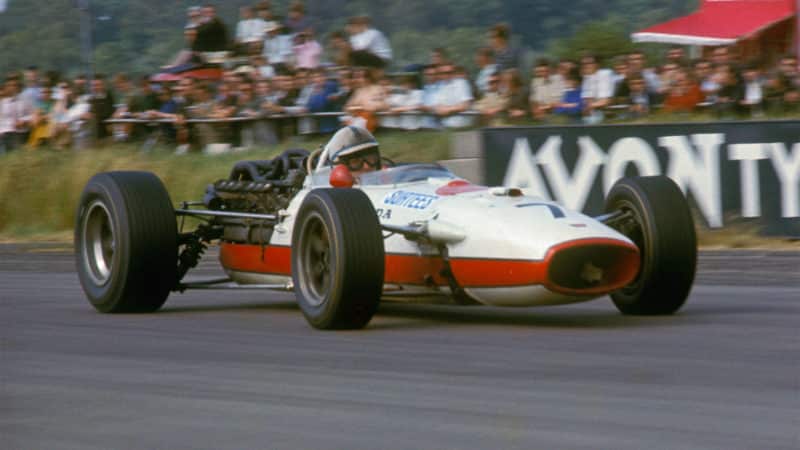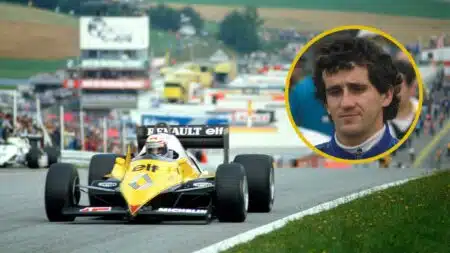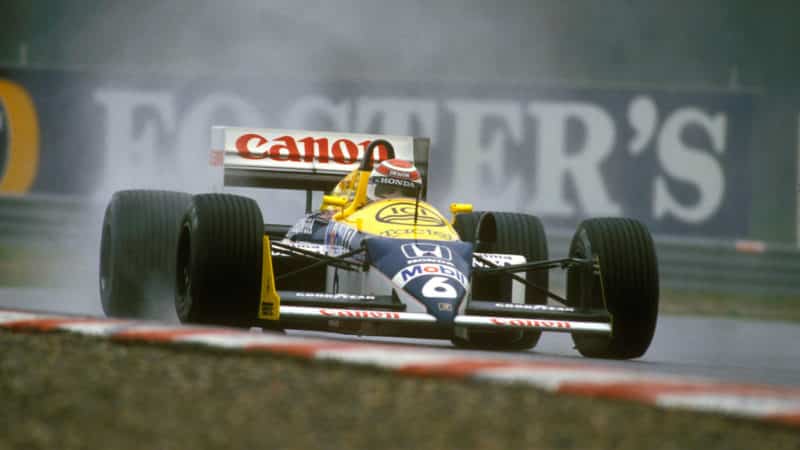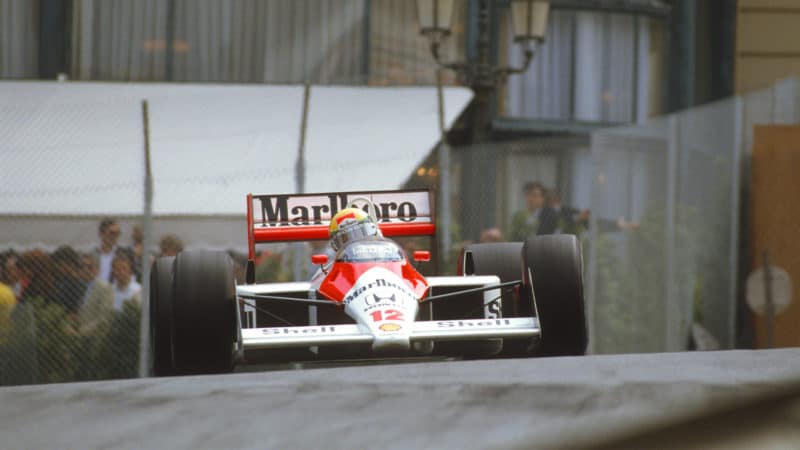The fearsome Nürburgring in Germany was no place for team and driver to make their Grand Prix debut. The inexperienced American racer, Ronnie Bucknum, hustled the underdeveloped RA271 round the ‘Ring in eleventh place until crashing out four laps from the finish. The next race, the Italian Grand Prix at Monza, offered some encouragement. Bucknum ran as high as fifth before the Honda’s engine overheated. The American lasted 50 laps before retirement beckoned again at the US Grand Prix at Watkins Glen.
Three starts, three retirements. Not the stuff of which racing legends are made. But Honda’s experience in motorcycle racing showed that success could not be expected over night. After all, this was the very pinnacle of motor racing. To break into the sport’s elite would take time, money and determination.
What was the Grand Prix world to make of this upstart moped-maker and its little V12 racer? Certainly, the early outings in Formula 1 did not suggest that one day, Honda-engined racers would humble Ferrari. The potential, however, was there to be seen. Honda’s reputation on two wheels showed the established European teams that the Japanese company could make engines to match or beat the best in the world. The 60 degree V-12, with its four valves per cylinder, roller-bearing crank and 12,000rpm rev ceiling, was a radical design, pushing out some 220bhp. With better reliability’, and a more experienced driver, RA271 could really have given the racing establishment something to think about.
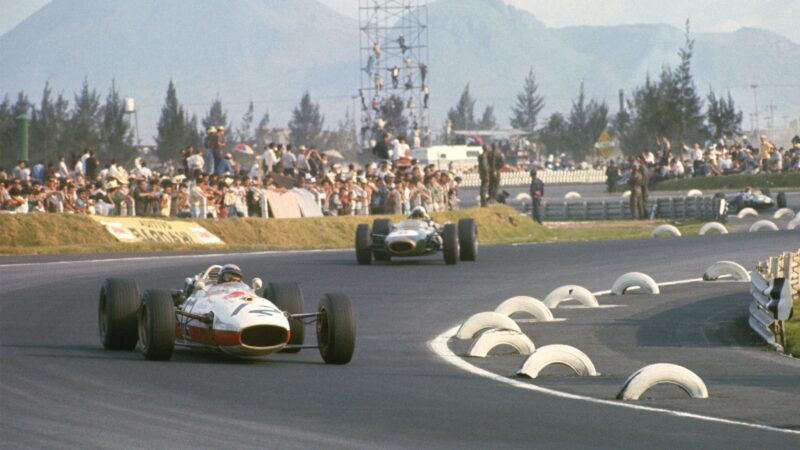
Ginther took first Honda win at Mexico ’65
Grand prix Photo
Undeterred, Honda were back in 1965. The luckless Bucknum was joined by new number one driver, Richie Ginther. As test driver for Ferrari and BRM, Ginther knew how to develop and set-up a race winning car. His sensitivity and ability to describe the minutiae of a car’s behaviour were precisely the kind of qualities Honda’s race engineers needed from a driver. Consistent and capable, Ginther would help them to develop a truly competitive machine.
